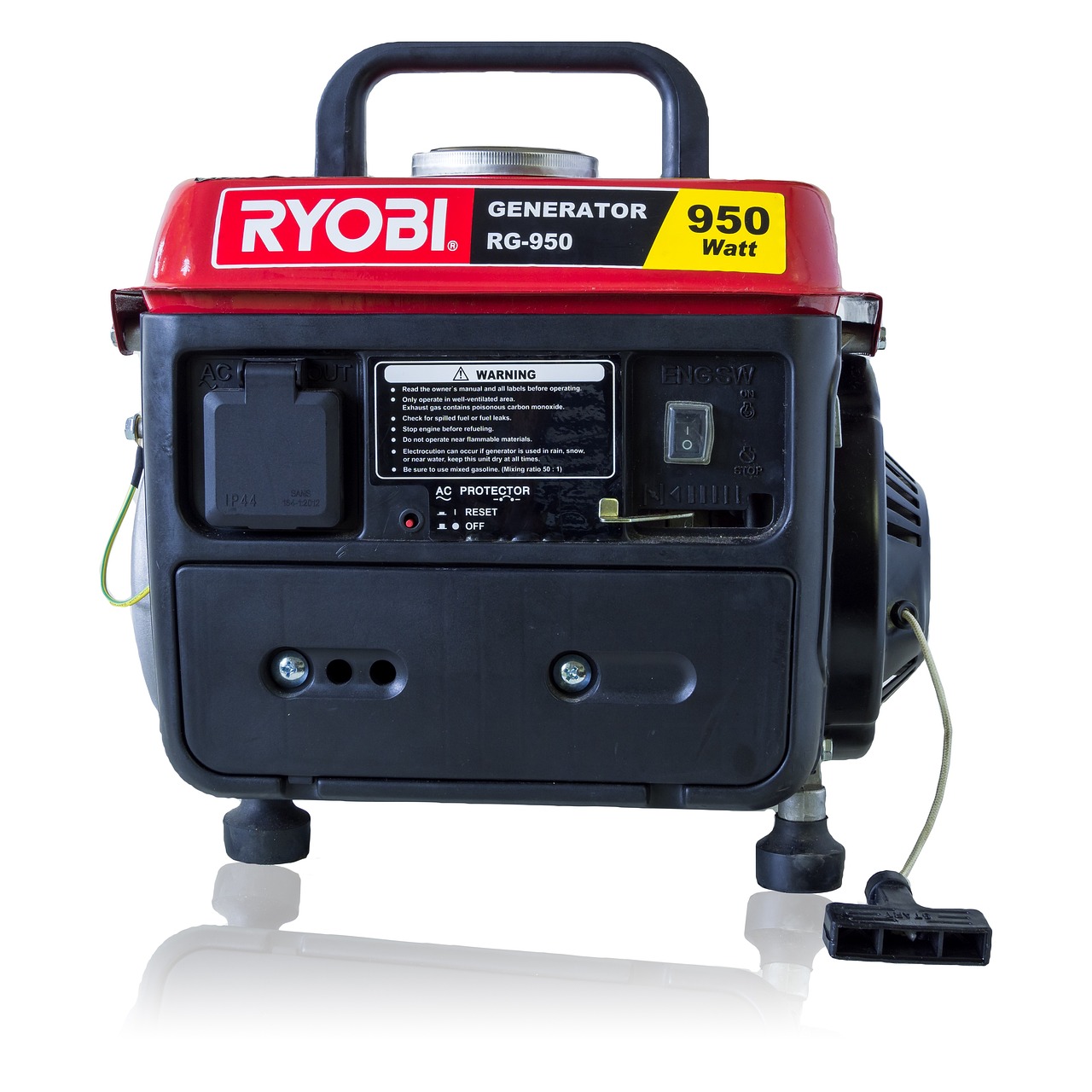Melvin is an expert for portable products.The site is for sharing everything about portable products for online buyers.
When it comes to purchasing a portable generator, one of the most common questions that arise is, “What size portable generator do I need?” It’s an important consideration because selecting the right generator size ensures that you have enough power to meet your needs without wasting money on excess capacity. In this comprehensive guide, we will walk you through the factors to consider when determining the size of a portable generator, ensuring you make an informed decision for your specific requirements.
Understanding Power Requirements
Before delving into the specifics of generator sizing, it’s essential to understand the concept of power requirements. Different electrical appliances and devices have varying power needs, typically measured in watts (W) or kilowatts (kW). Larger appliances such as refrigerators and air conditioners require more power to operate, while smaller devices like smartphones or lamps consume considerably less.
Calculating Your Power Needs
To determine the size of the portable generator you need, you must calculate your power needs accurately. Here’s a step-by-step guide to help you through the process:
Step 1: Identify Essential Appliances
Start by making a list of the appliances and devices you need to power during an outage. This usually includes essentials like refrigerators, sump pumps, lighting, and medical equipment if applicable. Note down the power consumption (in watts or kilowatts) of each item.
Step 2: Assess Starting and Running Watts
Next, determine the starting and running watts for each appliance. Starting watts refer to the additional power required to start an appliance while running watts indicate the power consumed while the appliance is in operation. This information is typically provided in the user manual or on the appliance itself.
Step 3: Calculate the Total Power Requirement
Add up the starting watts of all appliances to obtain the total starting power requirement. Similarly, sum up the running watts to determine the total running power requirement. These figures will guide you in selecting an appropriately sized generator.
Generator Sizing Options
Portable generators come in various sizes, each offering a different power output capacity. Let’s explore the common generator sizes and their typical applications:
1. Small Portable Generators (1,000W – 3,000W)
Small portable generators are ideal for powering a few essential appliances or devices during short outages or outdoor activities. These generators are lightweight, compact, and relatively quiet, making them suitable for camping trips, tailgating, or running small tools. They typically provide enough power to run lights, fans, small refrigerators, and charge electronic devices.
2. Mid-Sized Portable Generators (3,000W – 7,000W)
Mid-sized portable generators offer increased power capacity and can handle a broader range of appliances. They are suitable for providing backup power during longer outages or for powering a small home. With these generators, you can run essential appliances like refrigerators, sump pumps, heaters, air conditioners, and a few lights simultaneously.
3. Large Portable Generators (7,000W – 10,000W)
Large portable generators are designed for heavy-duty applications, providing ample power to run multiple large appliances and electronics simultaneously. These generators can handle extended power outages and offer a wider range of options for homeowners. They are suitable for running large refrigerators, multiple air conditioners, heaters, power tools, and other heavy electrical equipment.
4. Extra-Large Portable Generators (10,000W+)
Extra-large portable generators are the most powerful option available in the portable generator market. They can provide significant power output and can handle the needs of larger homes or businesses during extended outages. These generators are capable of running multiple large appliances, heating or cooling systems, and other high-demand equipment simultaneously.
Additional Factors to Consider
While the size of the portable generator is crucial, there are a few additional factors to consider before making a final decision:
Fuel Type and Run Time
Consider the fuel type and run time of the generator. Common fuel options include gasoline, propane, or diesel. Additionally, look for generators with longer run times, as this ensures an uninterrupted power supply without the need for frequent refueling.
Noise Level
If noise is a concern for you, look for generators with lower decibel ratings. Manufacturers often provide noise level information in product specifications, enabling you to choose a quieter generator that won’t disturb your surroundings.
Portability and Storage
Evaluate the portability and storage options of different generator models. Look for features such as wheels, handles, and compact designs that make it easier to transport and store the generator when not in use.
Conclusion
Selecting the right size portable generator is crucial to ensure you have sufficient power during outages or when you need power on the go. By calculating your power needs accurately and considering factors such as generator size, fuel type, run time, noise level, and portability, you can make an informed decision that aligns with your specific requirements.
Remember, understanding your power needs and choosing the appropriate generator size will provide you with peace of mind, knowing that you have reliable power whenever and wherever you need it.
If you want to read more information about how to boost traffic on your Amazon account, just visit The Insiders Views.
Read the related post: best portable generators for RV

Melvin is an expert for portable products.The site is for sharing everything about portable products for online buyers.

